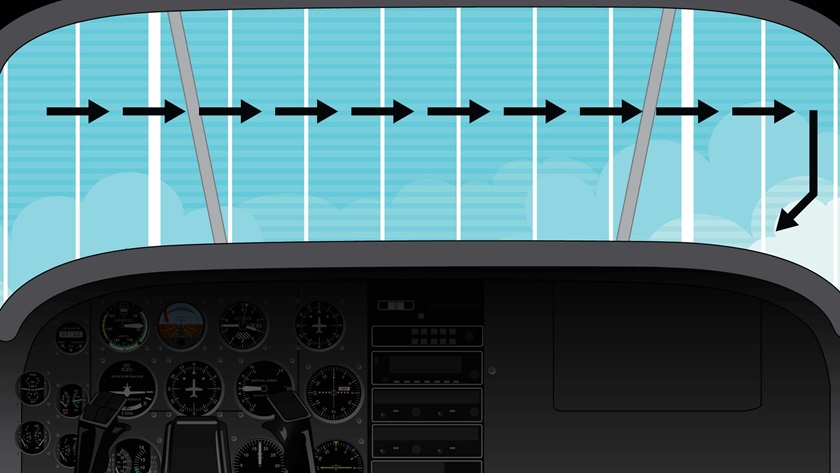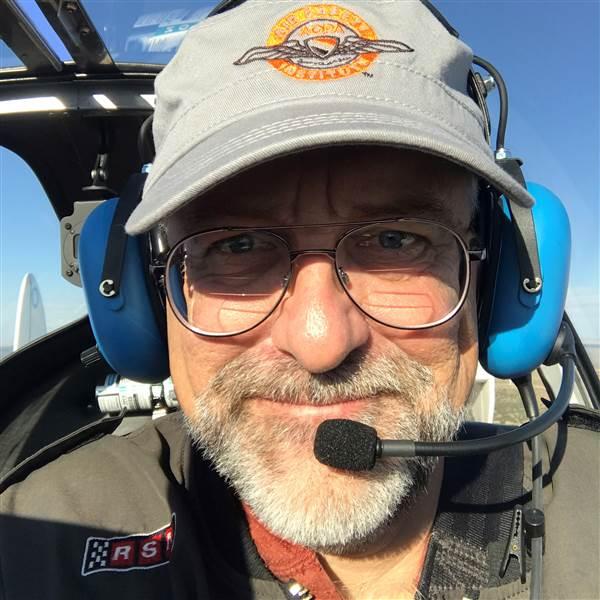Training and Safety Tip: Be on the lookout
Properly scanning for traffic while flying is more like duck hunting than scanning for traffic while driving.
So, stare at one spot for several seconds, then move your eyes and lock onto another spot, then lock on to a third spot, and so on. These “spots” should be slices of the horizon of about 10 degrees each. And speaking of 10 degrees, keep your attention to the area of the sky that’s 10 degrees above or below the horizon. Other aircraft higher or lower than that aren’t a collision risk. Focus on the part of the sky where the threat is.
There are two different styles of this staccato scan. One style starts at the center of the windscreen and moves to the left one block at a time. When finished, you return your eyes to the center, and then work your way to the right. Then check your instruments and repeat. The other style is to move from left to right across the entire windscreen, and when done, check your instruments and return to the left and repeat. With both methods you “lock” your eyes on each 10-degree parcel of sky for two seconds to let your eyes focus on any objects in the block.
Don’t worry about anything you see moving—it’s not a factor. But pay attention to another aircraft that appears to be floating like a balloon: It is either heading directly away from you, or straight toward you, in which case it will arrive with mind-numbing speed. So, remember the nav lights: If the green light is to your right, the other airplane is heading away; if the red light is to your right, the other airplane is headed toward you— take evasive action at once.
Properly scanning for conflicting traffic is critical because, while rare, midair collisions have miserable survival rates. So, scan like a duck hunter to avoid becoming a dead duck.




